

Blog
School buildings need attention. With budgetary pressures, a lot of maintenance and repairs are being deferred and schools are not aging well. Whether it is repairing existing systems, replacing systems at the end of their useful life, renovating, or building a brand-new school to service your community for future generations, advocate for your Board of Education (BoE) to think holistically about improving the conditions for our children.

If you are a parent like me, I am sure you cherish your kids and seek to offer them the best opportunities in life. I even moved to a different school district. And, while the education is top-notch in my town, I have come to realize that it really doesn’t matter what school district you are in…all our schools need help. I am not talking about smaller class sizes, better pay for teachers, after-school programs, and more school supplies, although those are important. School buildings need attention. With budgetary pressures, a lot of maintenance and repairs are being deferred and schools are not aging well. Whether it is repairing existing systems, replacing systems at the end of their useful life, renovating, or building a brand-new school to service your community for future generations, advocate for your Board of Education (BoE) to think holistically about improving the conditions for our children.
This year I was asked to join our elementary school’s Tools for Schools committee, which is tasked with implementing an indoor air quality (IAQ) management plan. This experience gave me an opportunity to get involved and provided me insight into the school’s systems and the operations and maintenance (O&M) processes that were in place.
Unfortunately, at the start of the 2018 school year, mold issues were identified in our local middle school and the building was closed. In fairness, I quickly realized that buildings were outside the BoE members’ knowledge base. Afterall, they are educators, not facility managers or building scientists. They sought outside consultants but didn’t know the right questions to ask. After some time, the BoE decided to get input from local experts in the community. Fortunately, we have several experts (including me) who were willing to volunteer their time. As part of a task force, we laid out a strategy to remediate the mold issues in the school and to implement short- and long-term repairs to minimize/eliminate water incursion and elevated moisture issues within the building.
I am not saying you must get involved at this level, but I do encourage you to attend a BoE meeting and start asking questions related to IAQ. Ask if the school has deferred maintenance needs and if/when these are being addressed in the annual budget. Ask when (if) comprehensive physical needs assessments and energy audits were performed on all school buildings. Educate yourselves; then help educate your BoE and your community on IAQ guidelines for schools. Here are some great resources:
In working with schools, I have learned that one of the greatest challenges school decision-makers face is not knowing where to turn for support and guidance. Steven Winter Associates, Inc. (SWA) has been working to improve educational facilities for decades. Whether you have questions related to mold, moisture, comfort, absenteeism, accessibility, high utility bills…on up to zero energy design and progressive learning environments, SWA can support you. Here is just a sample of past school projects that SWA has worked on:
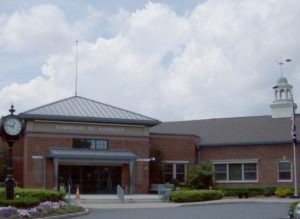
Starting in 2009, SWA began providing energy audits across the state of New Jersey. Over a five-year period, SWA worked with more than 110 municipalities and performed over 425 audits throughout New Jersey, providing energy assessments (under NJ’s Local Government Energy Audit Program) to schools, offices, town halls, police and fire stations, transportation structures, and community centers. Collectively, the audits projected energy savings in excess of 35 million kWh and 4.7 million therms.
As part of the audits program, SWA has recommended heating system improvements and replacements, lighting/lighting control replacements, and other energy efficiency measures. All recommendations target a 7-year payback or less. SWA has also identified various retro-commissioning measures that have the potential to yield energy savings, operational benefits, and comfort improvements. Some of these recommendations have relatively low implementation costs, aiming to modify the existing equipment or controls without requiring a complete replacement.

The K-12 Allen-Stevenson School, located in NYC, received LEED Gold for Existing Buildings: Operations and Maintenance (EBOM) certification in 2009. In 2015 the school sought to add a townhouse and renovate a significant portion of the school and mandated the new work meet LEED Gold standard. Allen-Stevenson was able to bridge between major renovation and existing building operations Working with other schools, SWA supports efforts to reference guidance and performance standards on healthy schools including the Center for Green Schools and LEED for Existing Buildings: Operations & Maintenance (EBOM) ratings. Supplementing operational best practices with strategies described in the LEED for Existing Buildings: Operations & Maintenance (EBOM) rating such as Indoor Air Quality: Minimum Ventilation Rate Testing, Energy Auditing, and Sustainable Purchasing Policies and Green Housekeeping can benefit the students regardless of full certification.
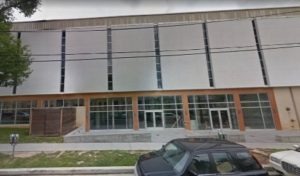
Breakthrough Montessori PCS in Washington, DC is an adaptive reuse of an industrial warehouse building in an underserved neighborhood. SWA is assisting the design team so that the fit-out of the space meets International Green Construction Code (IgCC) requirements. During construction, SWA will be assisting in documenting green best practices, such as the use of low-emitting paints, flooring, and other products, thus ensuring a healthy learning environment for future students.
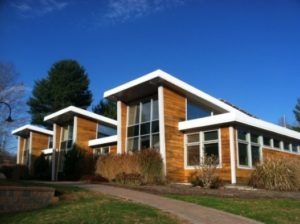
In 2013, SWA evaluated the Center for Science and Global Citizenship at the Watkinson School in Hartford, CT. While the building was just built in 2009, there were comfort issues that needed to be addressed. SWA performed building leakage testing and an assessment of the mechanical systems, and provided recommendations to improve the under-floor distribution system, commission the ground-source heat pump, and make revisions to the domestic hot water recirculation pump.
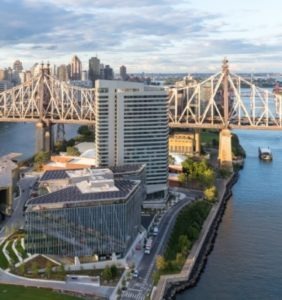
All aspects of including classrooms, restrooms, and school residential facilities are required to be accessible. The focal point of accessible design is based on the Americans with Disabilities Act (ADA). In addition, local building codes will require a school to be accessible – most commonly with requirements found in Chapter 11 of the International Building Code (IBC). SWA provides building plan reviews, field inspections of existing buildings and/or ongoing construction, and technical assistance for compliant building design and submittal reviews, among other accessibility services.
SWA has provided accessibility consulting services for higher education projects at Cornell University, New York University, Western Connecticut State University, and others.
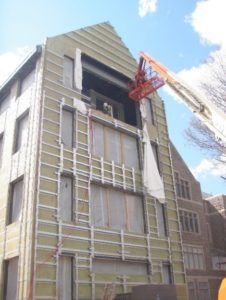
SWA’s commissioning service offerings include both systems and equipment commissioning, as well as envelope commissioning and enclosure consulting. Commissioning is often performed, in part, to satisfy the requirements of green building certification programs, such as LEED and the Connecticut High Performance Building Guidelines, or to comply with state or local Building Codes.
SWA has provided Commissioning services for higher education projects at Connecticut College, Yale School of Medicine, University of Connecticut, and others.
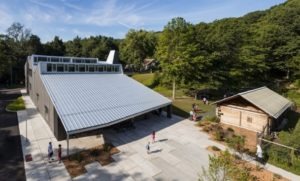
In 2015, Common Grounds High School, Urban Farm, and Environmental Education Center in New Haven, CT was constructing a high-performance education facility and sought SWA’s assistance. SWA revised bid package language for contractors . which outlined their responsibilities in ensuring the construction and maintenance of a tight building envelope and accountability for failure to comply. SWA performed intermediate building leakage testing (blower door) to gauge the effectiveness of the exterior air barrier details and identified any remaining areas of infiltration using infrared (IR) thermal imaging. With a tight envelope and a well-designed ventilation system (ventilation rates higher than code minimum), staff have noticed the difference in comfort, air quality, and productivity.
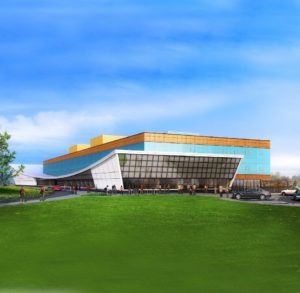
Warren Harding High School (WHHS) is a new construction high school located in Bridgeport, CT, that was completed in Summer 2018. SWA provided sustainability consulting and certification services for the project from the initial design stages through construction. The project is on track to achieve a LEED for Schools Gold certification. Interesting LEED features include:
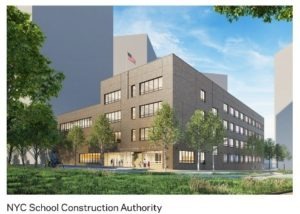
The Passive House building energy standard has started to become a popular target for schools in the U.S. looking to drastically reduce energy consumption. In New York City, a law was passed in 2016 mandating that all municipal buildings reach a source energy EUI target of 38 kBtu/ft2 by 2030. This target was directly taken from the Passive House standard. This mandate covers all public schools, which make up 57% of all municipal building square footage with an additional 1.0 to 1.5 million square feet added every year. To arrive at a plan to meet this level of efficiency for such a large portfolio, SWA was hired by the New York City School Construction Authority (NYCSCA) in 2017 to help conduct a study to evaluate energy reduction pathways for all new K-12 schools. The results of this study, set to conclude in the summer of 2019, will inform how the NYCSCA updates its construction standards to improve the next generation of NYC public schools.
In addition to the efforts in NYC, Passive House is beginning to resonate amongst universities as they push to create energy efficient campuses. In 2017, the Cornell Tech campus opened on Roosevelt Island featuring “The House,” a Passive House apartment building for students and faculty. SWA was the lead Passive House consultant on this project, working with Handel Architects to design the building to the Passive House standard and oversee the commissioning and air tightness testing. Since then, SWA has worked with several universities interested in applying the Passive House standard to their buildings including MIT, University of Toronto, Yale, and NYU.
Contributor: Srikanth Puttagunta, Chief Operating Officer
Steven Winter Associates